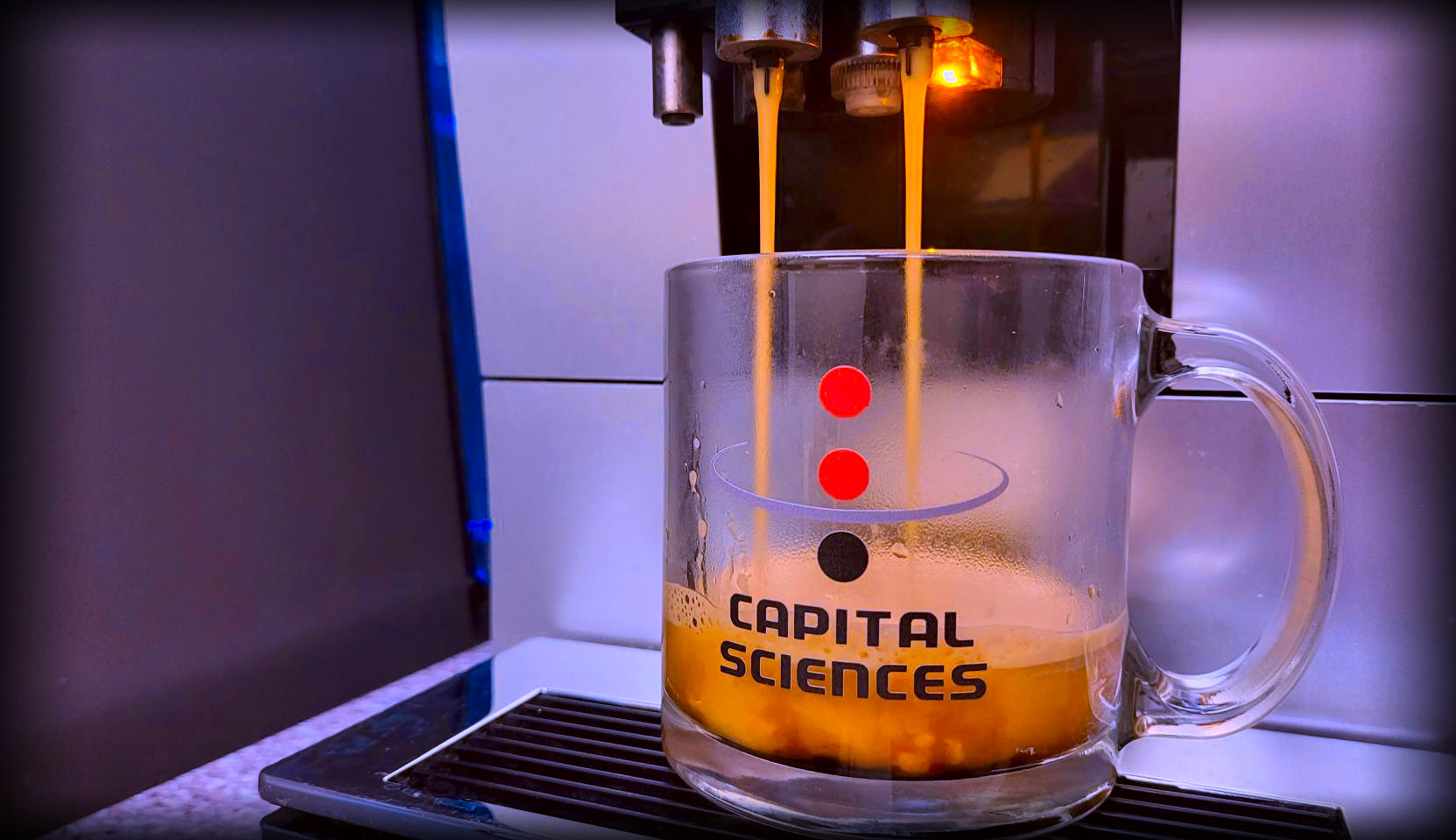As I was waiting for my coffee to brew in our office kitchen this morning, I realized that by some definitions, the machine that was grinding the beans, heating the water to the desired temperature, extracting the maximum amount of flavor from those beans, and all the other steps required for a great cup of coffee could be considered Artificial Intelligence, as it was doing something that I would normally do… and doing it well, likely even better than I could. To take it a step further, does that mean a simple machine like a lever is AI?
It seems that Artificial Intelligence (AI) is everywhere recently. The news, movies, online articles, tech sector marketing pitches, and even many government procurement announcements. With seemingly every marketing pitch and even many TV commercial’s touting a company’s use of AI and how it’s revolutionizing their solutions for you, and more and more government bids and proposals referencing the use of AI it felt like we were obviously missing the next big thing and needed to urgently jump on board.
We have been working with data, building tools to assist with and automate data analysis tasks, unique ways to store, retrieve, analyze, depict, and make the data dance for the problem at hand for many years. Data is at the core of most of the software and engineering projects that we tackle. And over the years we have, in my opinion, become really good at building tools and systems to process and learn from that data to identify issues, confirm and improve system performance, and identify new ways to apply those systems and data. Our work often includes analyzing very large data sets to assess performance, identify issues, recognize trends, and use that information to tune an algorithm or as the basis for predicting performance and conducting what-if scenarios.
Given this I started trying to learn what actually is AI and how does it differ from the things that we and the rest of the technology world have been doing for the last 20 plus years. My quest was not so much to find the ultimate definition of AI, but can we now, or can we grow to a place where we can rightfully claim we are using AI in our solutions? Are there AI techniques that could improve the solutions we offer in a meaningful way?

In perusing the internet for the “real” definition I found many varying ideas of what AI is including what I’m assuming are many computer generated (AI?) articles on AI given the obvious re-use of various pieces of content from other websites. Definitions ranged from simple statements that AI is anything that completes a task that a human could do, to complex assessments of AI and its subfields (machine learning, deep learning, etc.). A simple and commonly used definition is a slight variation on the above task completion definition to include “perform tasks commonly associated with intelligent beings” (Britannica) or “tasks normally requiring human intelligence, such as visual perception, speech recognition, decision-making, and translation between languages” (Oxford Reference).
One thing that I found interesting was the codifying of a multi-part definition so that government agencies could identify and catalog systems and uses of AI in their projects. This was included as part of the 2019 Defense Authorization Act and referenced/refined by the US (United States) Chief Information Office Council (CIO.gov). Additionally, the Artificial Intelligence Act of 2020 contains a simpler definition “a machine-based system that can, for a given set of human-defined objectives, make predictions, recommendations or decisions influencing real or virtual environments”
In continuing this quest, as an RTCA standards committee member, we recently participated in the Federal Aviation Administration (FAA) Artificial Intelligence Roadmap Review and Technical Exchange Meeting hosted by Mitre Corporation, where we had the opportunity to review and provide input on the FAA’s draft roadmap for use of AI in Safety Assurance as well as hear from those in the industry who are currently or would like to apply AI in aviation applications. Several examples of Machine Learning were presented as concrete examples of where the industry is going and how regulations/standards may need to be refined to safely integrate their use into the National Airspace System (NAS) and the global aviation community. One interesting example was how ACAS-X was developed using Machine Learning techniques but implemented in a way that met Safety Assurance requirements. (Formal Verification of ACAS-X)
This roadmap session was very informative and solidified the impression that AI is not a well-defined/understood term, and it is often used to explain things that the industry has done for many years. I think the challenge for the aviation community will be to define what is considered AI so that the appropriate approach can be used for certification/approval of new capabilities. Progress is being made on that front and both the FAA and The European Union Aviation Safety Agency (EASA) are working to define how AI may be used in aviation. EASA has published their Artificial Intelligence Roadmap 2.0 which takes a top-down approach to the problem, whereas the FAA is working from the bottom up and intends to collaborate with EASA to assure they meet in the middle.
Given the pace of technological advancements and the evolving nature of this topic, the challenge remains how to best categorize projects that fall into the realm of AI. While we work with extensive amounts of data and algorithms that influence actions in the real world, we will continue to pursue and explore the fundamentals of AI in order to best serve our clients. For now, I will enjoy my perfectly crafted coffee while I get back to work.


